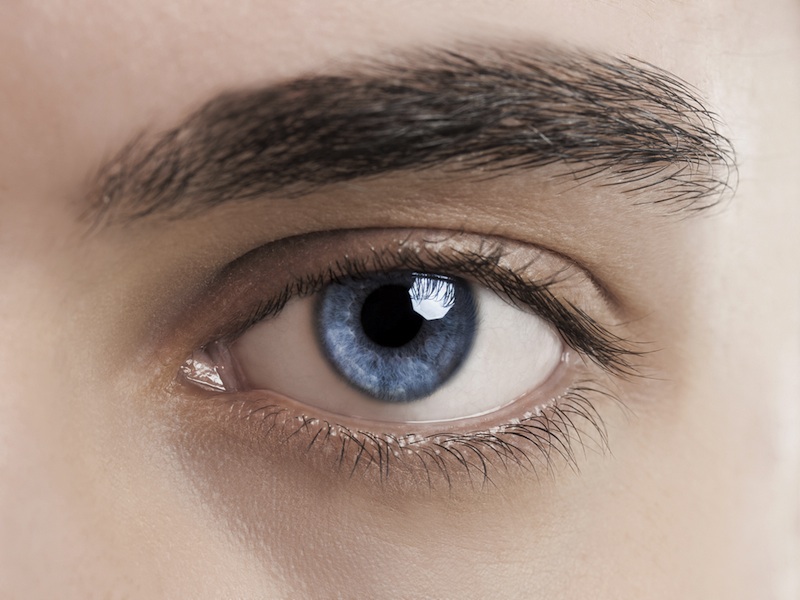Blind People Regain Limited Vision After Stem Cell Transplants

Injecting stem cells into the eyes of people who are blind may work as a way to restore their vision, a small new study suggests.
In the study, researchers coaxed stem cells into developing into cells called retinal pigment epithelium cells, which the scientists transplanted into one eye of each of 18 patients.
After the transplants, the researchers tested the patients' eyesight. Visual acuity improved in 10 of the patients' eyes, remained about the same in another seven patients and got worse in one patient's eye. The participants experienced no improvement in their untreated eyes.
The results show that human embryonic stem cells can slow or reverse the vision loss in people with degenerative eye diseases, the researchers said. In addition, the stem cells caused no medical problems for the patients up to three years after transplant, according to the study published today (Oct. 14) in the journal The Lancet.
Stem cells, with their ability to develop into many different types of tissue, have long been touted for their promise in regenerative medicine, yet treatments have been slow to develop.
The new findings"mark an exciting step towards using [human embryonic] stem cellsas a safe source of cells for the treatment of various medical disorders requiring tissue repair or replacement," study co-author Dr. Steven Schwartz, an ophthalmologist at the Jules Stein Eye Institute in Los Angeles, said in a statement. [Vision Quiz: What Can Animals See?]
Stem cell treatments have developed slowly in part due to concerns that the cells could be rejected by the immune system or grow into tumors. But the eyes do not produce a strong immune response, so they're a good target for these treatments, the researchers said.Half of the patients in the study suffered from dry, atrophic age-related macular degeneration, which is the leading cause of blindness in adults in the developed world. The other half had Stargardt's macular dystrophy, the leading cause of blindness in young adults in the developed world. Both diseases affect the retina, the light-sensitive tissue in the back of the eye, causing progressive vision loss. No treatments exist for either disease.
Sign up for the Live Science daily newsletter now
Get the world’s most fascinating discoveries delivered straight to your inbox.
The researchers transplanted the cells in doses of 50,000; 100,000; or 150,000 cells into the space beneath the retina, in the eye with worse vision. The doctors then administered drugs to suppress any immune response to the foreign cells.The only adverse effects of the procedure came from the eye surgery itself and the immunosuppressant drugs, the researchers said.
"The work by Schwartz and colleagues is a major accomplishment," Dr. Anthony Atala, a researcher in regenerative medicine at Wake Forest School of Medicine in Winston-Salem, North Carolina, said in a statement. Much more research is needed before these stem cell therapies can be approved for clinical use, but "the path is now set in motion," Atala said.
Follow Tanya Lewis on Twitter and Google+. Follow us @livescience, Facebook & Google+. Original article on Live Science.











